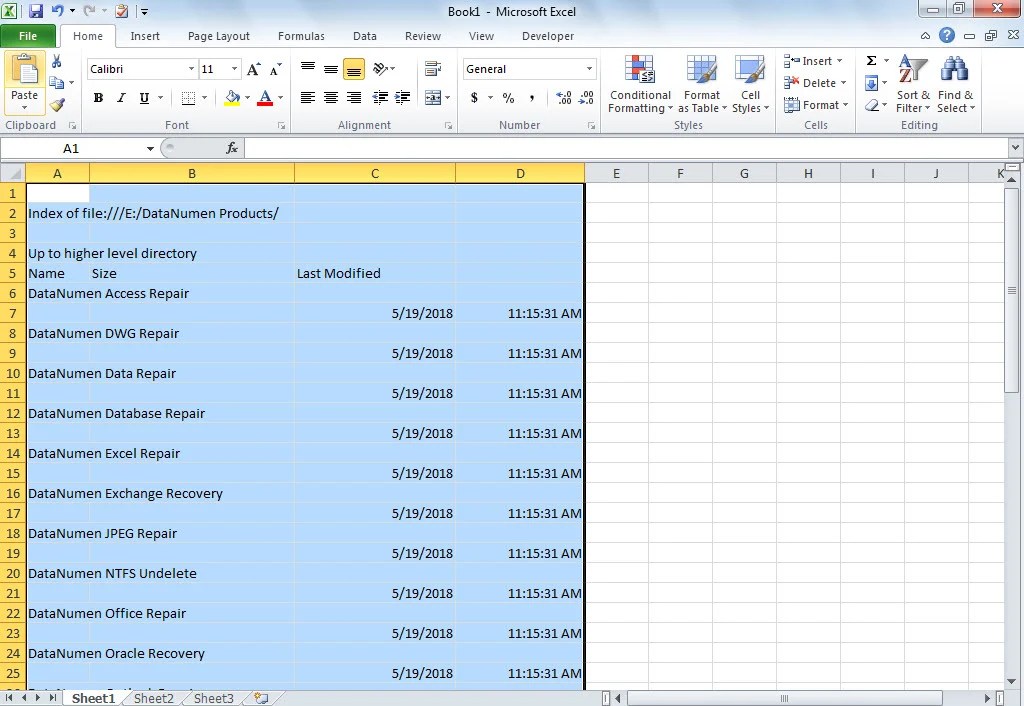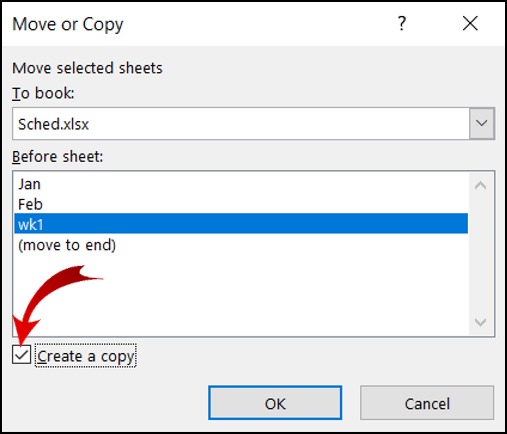Easily Copy & Paste Excel Sheet Names

Dealing with multiple worksheets in Microsoft Excel can be quite the challenge, especially when you need to keep track of each sheet's name for reporting or data consolidation purposes. Understanding how to quickly copy and paste Excel sheet names can save you considerable time and streamline your workflow, whether for audits, creating an index, or any task requiring you to know and reference sheet names systematically.
Understanding the Excel Environment

Excel's versatility as a spreadsheet program stems from its ability to manage data across numerous worksheets. Each workbook in Excel can contain thousands of sheets, each with its own set of data, charts, or pivot tables. Here's how Excel's environment works:
- Workbook: This is the main Excel file that can contain multiple worksheets.
- Worksheets (or Sheets): These are individual tabs within a workbook, where the actual data, formulas, and other information are stored.
Each worksheet has a unique name, making it identifiable within the workbook. These names are not just for organization; they play a crucial role in referencing data, particularly when linking or navigating between sheets.
Methods to Copy and Paste Sheet Names

Excel doesn't offer a built-in feature to directly copy and paste sheet names, but there are several workarounds that can be used:
Using Keyboard Shortcuts and VBA

One efficient method involves using VBA (Visual Basic for Applications) to automate the process. Here's a step-by-step guide:
- Press Alt + F11 to open the VBA editor.
- In the VBA editor, insert a new module by right-clicking on any of your workbook names in the Project Explorer window, then selecting "Insert" -> "Module."
- Copy and paste the following VBA code into the module:
- Close the VBA editor, return to Excel, and run the macro by pressing Alt + F8, selecting
CopySheetNames, and then clicking "Run." This will display all sheet names in a message box from which you can copy.
Sub CopySheetNames()
Dim ws As Worksheet
Dim strSheetNames As String
For Each ws In ThisWorkbook.Worksheets
strSheetNames = strSheetNames & ws.Name & vbNewLine
Next ws
MsgBox strSheetNames
End Sub
💡 Note: Ensure macros are enabled in your Excel settings for this method to work.
Using Built-In Excel Features

If you prefer not to use VBA, Excel has other built-in features to achieve this:
- Named Ranges: You can create named ranges with references to each sheet's name. Then, you can list these named ranges:
- Go to the "Formulas" tab, click on "Name Manager," and add a new name for each sheet, using the formula =SheetName!$A$1 where "SheetName" is replaced with the actual sheet name.
- Now, you can list these names in any cell by typing "=name" (replace "name" with the name you've given), and Excel will display the sheet name.
- FORMULATEXT Function: Although not directly copying sheet names, this function can show the name of a cell's formula when used correctly with named ranges.
Using Add-Ins or External Tools

Several Excel add-ins or third-party tools offer functionalities to simplify copying sheet names:
- ASAP Utilities: A well-known add-in for Excel that provides utilities like copying sheet names to clipboard.
- Other Custom Tools: Some software or browser extensions might offer this functionality, but be cautious when using external software for security reasons.
Manually Listing Sheet Names

For a straightforward approach when dealing with a small number of sheets:
- Manually write the names of each sheet in a blank cell of any worksheet. This is time-consuming for large workbooks but straightforward for small ones.
- If you need to copy, you can highlight all sheet names in this list and use Ctrl + C to copy, then Ctrl + V to paste elsewhere.
To wrap up, mastering how to copy and paste Excel sheet names can significantly streamline your Excel usage. Whether you're compiling reports, performing audits, or organizing data, having an efficient method to manage sheet names is invaluable. From VBA scripts to built-in Excel functions or add-ins, there are various approaches to meet different user needs. Remember to save your work regularly, and consider automating repetitive tasks to enhance productivity. By incorporating these techniques into your daily work, you'll find managing large Excel workbooks becomes a smoother, less time-consuming process.
Why can’t I just copy and paste sheet names directly?

+
Excel does not provide a direct method to copy sheet names due to its focus on data manipulation rather than interface interactions.
Can I use formulas to display sheet names?

+
Yes, formulas like =CELL(“filename”,A1) can show the full file path and name, including the sheet name. However, using Named Ranges is a more direct approach for this purpose.
Is there a risk in using add-ins or external tools?

+
There can be risks related to security, compatibility, and reliability. Always ensure you’re using trusted and compatible software, and back up your data before installing new add-ins.



